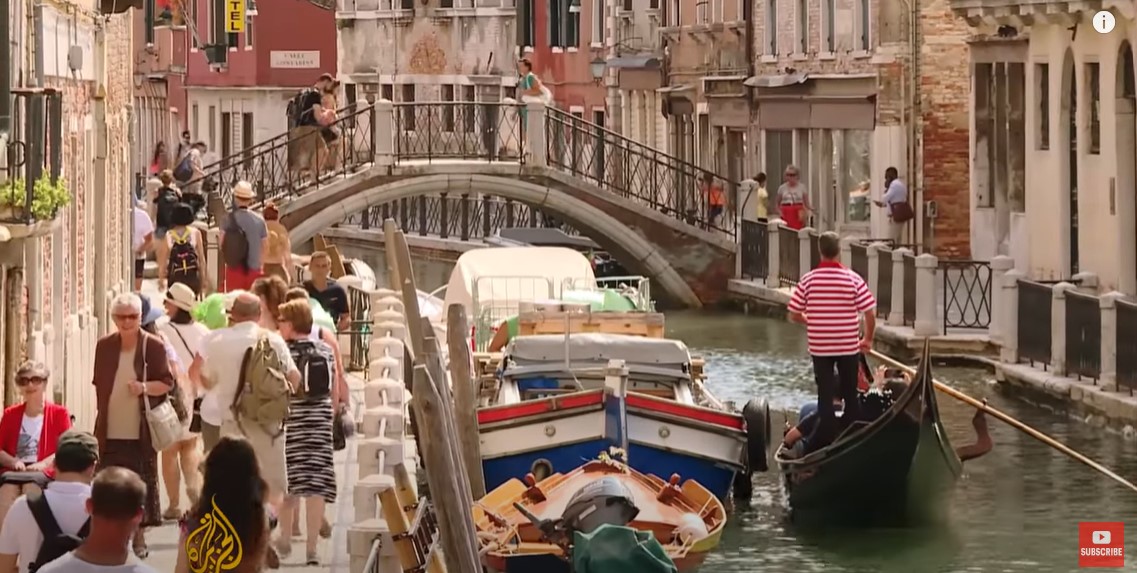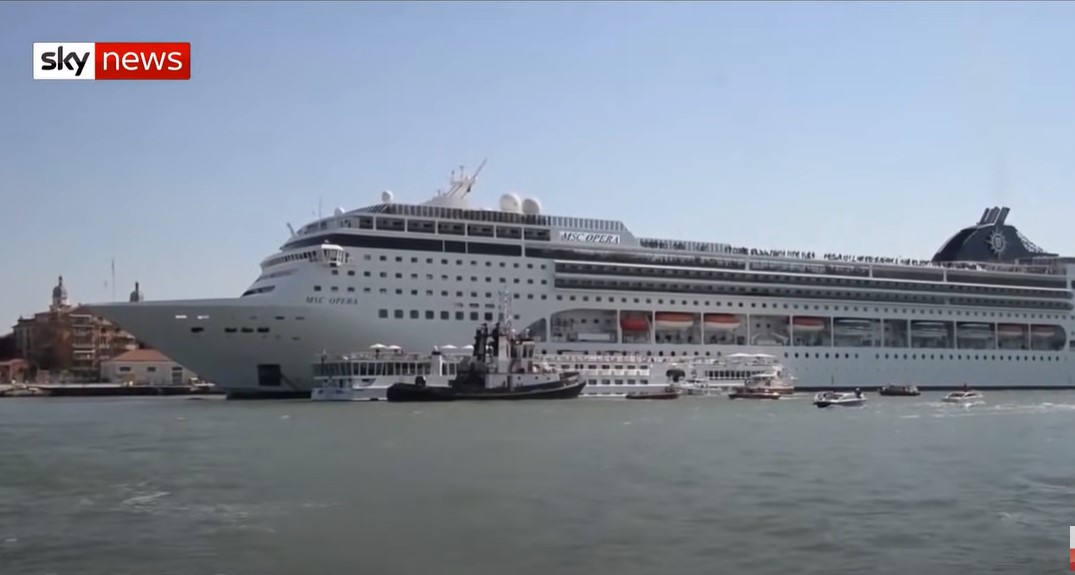Italy has been trying to save Venice for decades—and the world has been watching and hoping that one of the most exquisite and unique cities ever created by human ingenuity could be safeguarded for future generations.
Now it seems that those efforts may have been futile as UNESCO, the UN’s cultural agency, has recommended that Venice should be added to a list of world heritage sites in danger, saying the city had not made enough progress in preventing damage from mass tourism, climate change and development projects, adding that the corrective measures that Italy has proposed “are still insufficient.”
The purpose of the UNESCO list, which includes 55 endangered sites from the Old City of Jerusalem to Timbuktu, is to spur conservation, according to the agency. Including a site on the list commits the United Nations to develop a plan of corrective measures alongside national authorities and then monitor the implementation.

Yet, if it is deemed that Venice is at risk of “irreversible” damage, then some blame may be assigned to the Italian and the local governments who seem to be torn between the need to protect it and the greed for revenue from tourism.
A law that bans cruise ships from entering the historic center of Venice was approved by the Italian authorities in April 2021, yet they continue to dock in the nearby port of Marghera, which had to be dredged in order to accommodate the behemoths, causing severe problems to the foundations of the city.
Cruise ships cause pollution, erode the foundations of the city, and disrupt the ecosystem of the lagoon. They also pose a risk of accidents, such as the one in June 2019 when a cruise ship crashed into a harbor and injured five people. The law requires large ships to dock at the city’s industrial port, Marghera, until a permanent solution is found, yet in the meantime, their presence persists too close to the city.

The government’s claimed long-term goal is to create a new artificial harbor and cruise port on the Adriatic at some unstated time in the future. Reportedly the government has budgeted a staggering €158 million to shift most cruise operations from Venice to the Venetian mainland, but this has been called a “government boondoggle” as no progress seems to be made on it.
Many attempts have been made over the years to save Venice. Among the most prominent, the Mose project. A system of 78 moveable gates that can be raised to block the high tides from entering the lagoon and flooding the city. The project started in 2003 and was completed in 2020, but it faced many delays, controversies and criticisms, including corruption scandals, environmental impacts, technical problems and maintenance costs. The gates have been activated several times since 2020, but their long-term effectiveness and sustainability are still uncertain as with continually rising sea levels caused by climate change, by the time that they became operational they were already obsolete.

Restoration of buildings: Many of Venice’s historic buildings have suffered damage from water, salt, pollution and erosion. Various initiatives have been launched to restore and protect them, and organizations have funded and supported projects to repair, conserve and monitor the architectural heritage of Venice, such as churches, palaces, museums and monuments.
Regulation of mass tourism, with the many problems that it brings, has been the most intractable to control, despite various measures that have been taken such as limiting the number of cruise ships, charging an entry fee for day-trippers, banning large suitcases and promoting sustainable tourism practices. Unfortunately, this is an economy that lives or dies by its revenue from tourism and curbing it impacts the local economy, leading to half-hearted enforcement of its measures.

Equal to the ravages of mass tourism, adaptation to climate change may be the greatest challenge. To cope with the challenge of rising sea levels—and in the face of MOSE’s insufficient protection against it, Venice has been involved in several projects to assess the impacts of climate change and to develop adaptation strategies. For example, the Life Venice Resilience project aims to enhance the resilience of Venice’s urban system to extreme weather events and sea level rise by implementing nature-based solutions, such as green roofs, rain gardens and permeable pavements. But whether these will have any positive effect remains to be seen.

Some prominent Venetians took issue with the UNESCO critique. Renato Brunetta, a former government minister who now leads a foundation aiming to make Venice the world’s capital of sustainability, said the city was better equipped than most places to face today’s challenges thanks to initiatives including the sea walls and the cruise ships ban.
“Venice has been a more fragile city than the others,” he said. “Paradoxically now it’s the most secure.” Nevertheless, it may come as no surprise that he cautioned that the agency’s recommendation to redirect large ships to other ports would damage the city’s livelihood.
He added that while the city was suffering from an excess of tourism, it also needs a vigorous tourism industry to survive. “Tourism has always been a lifeblood for Venice,” he said.












